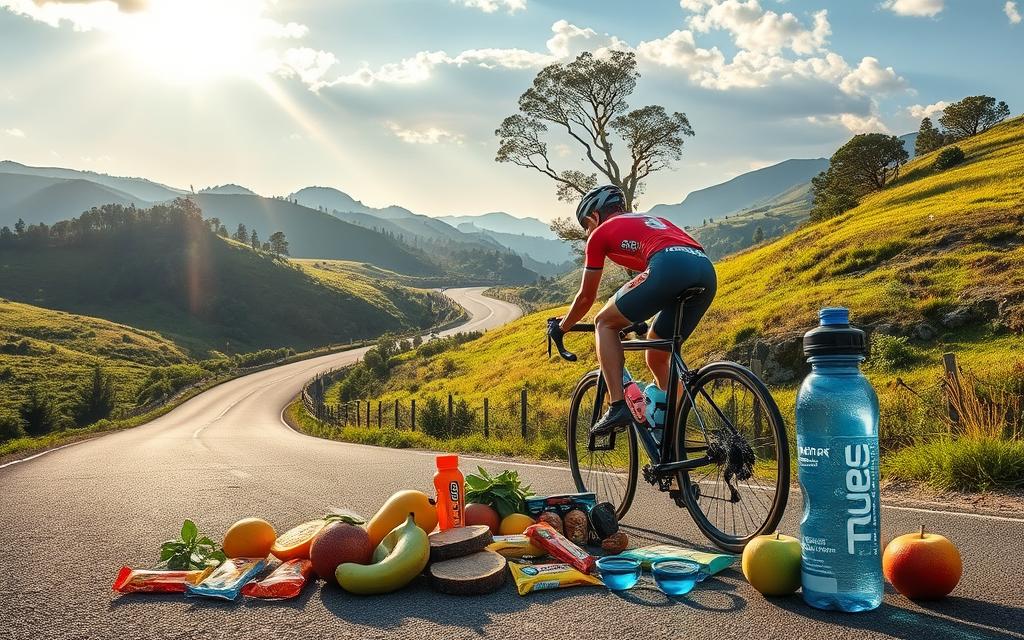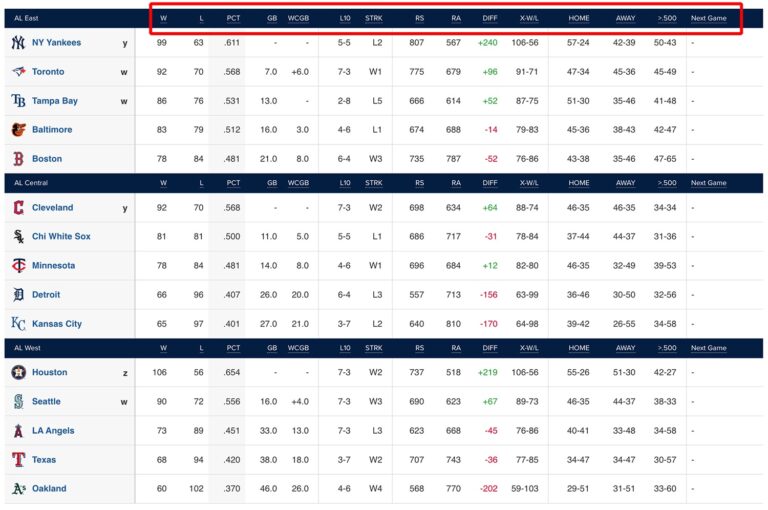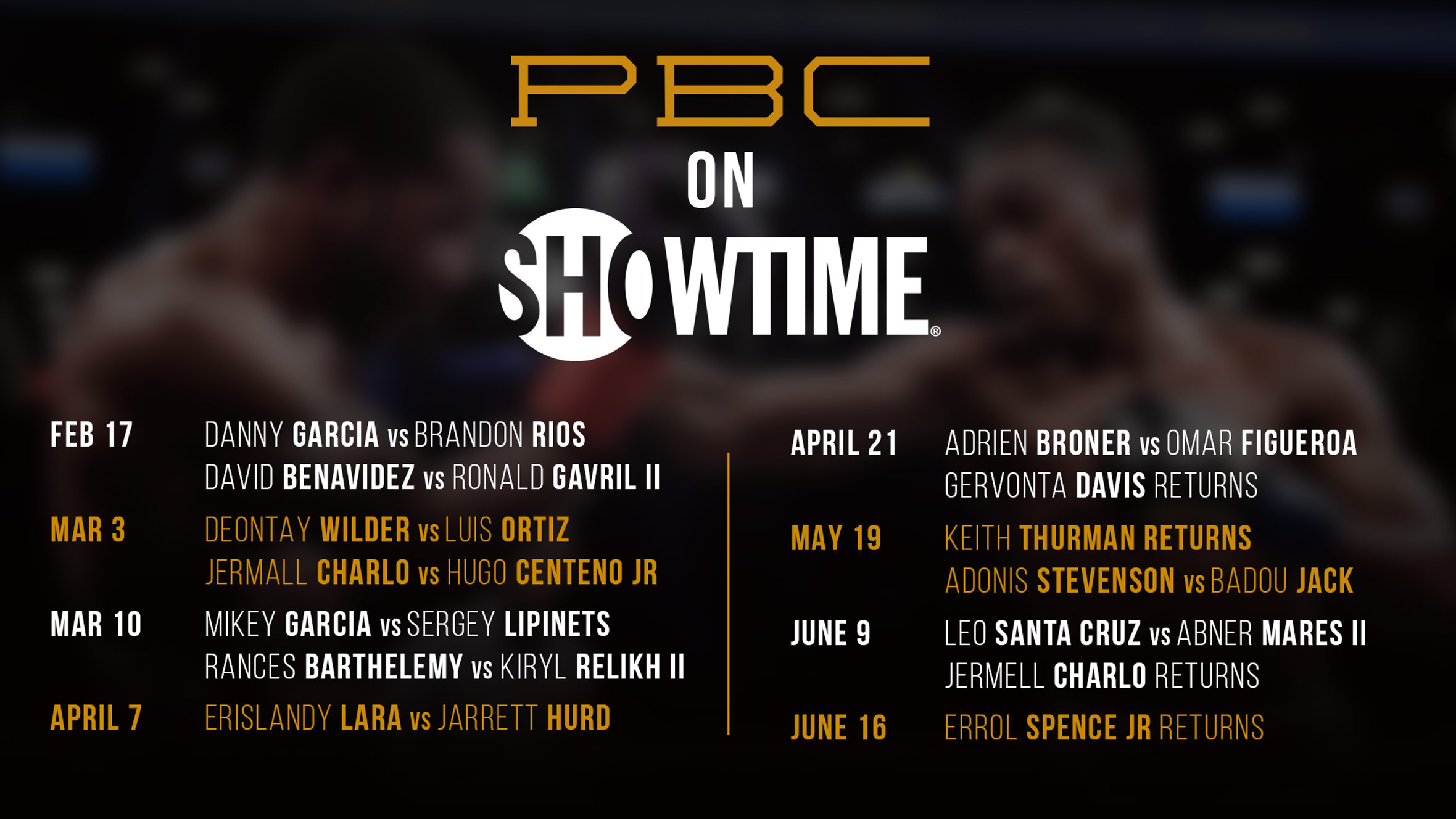
Fueling the Endurance Machine: Cycling Nutrition Tips for Long Rides
The open road beckons, promising miles of scenic beauty, challenging climbs, and the meditative rhythm of pedal strokes. For many cyclists, long rides are the ultimate test of endurance, mental fortitude, and physical capability. However, beneath the surface of powerful legs and unwavering spirit lies a crucial, often underestimated, component: nutrition. Just as a high-performance engine requires the right fuel, your body, when pushed to its limits over several hours, demands precise and timely nutritional support.
Neglecting proper fueling can transform an exhilarating adventure into a miserable struggle, marked by "bonking," muscle cramps, and debilitating fatigue. Conversely, mastering the art of cycling nutrition for long rides unlocks your full potential, ensuring sustained energy, optimal performance, faster recovery, and, most importantly, a more enjoyable experience. This comprehensive guide will delve into the intricacies of fueling your endurance machine, covering strategies before, during, and after your epic journeys, aiming for a robust 1200-word exploration.
Understanding the Demands of Long Rides
Before diving into specific tips, it’s essential to grasp why long-ride nutrition is unique. A "long ride" typically refers to anything lasting more than 2-3 hours, where the body’s easily accessible glycogen stores (carbohydrates stored in muscles and liver) begin to deplete. Beyond this point, your body increasingly relies on a continuous external fuel supply to maintain pace and avoid a catastrophic energy crash.
The primary challenges during long rides include:
- Glycogen Depletion: The body’s preferred fuel source, carbohydrates, runs out.
- Dehydration: Significant fluid loss through sweat, leading to reduced performance and health risks.
- Electrolyte Imbalance: Loss of essential minerals (sodium, potassium, magnesium, calcium) through sweat, causing cramps and impaired function.
- Muscle Damage: Sustained effort leads to microscopic tears in muscle fibers, requiring protein for repair.
- Gastrointestinal Distress: Poor food choices or improper timing can lead to stomach upset.
Addressing these challenges systematically through nutrition is the key to conquering any long-distance cycling endeavor.
Phase 1: Pre-Ride Fueling – Building the Reservoir
Your long ride doesn’t start when you clip in; it begins days, or at least the day, before. Pre-ride nutrition focuses on saturating your glycogen stores, ensuring you start with a full tank.
1. The Days Leading Up (Carb Loading for Epic Rides):
For multi-day events or rides exceeding 4-5 hours, a strategic "carb load" can be beneficial. This involves increasing your carbohydrate intake to 8-10 grams per kilogram of body weight per day for 2-3 days before the event, while slightly reducing fat and protein. Focus on complex carbohydrates:
- Whole Grains: Oats, brown rice, whole wheat pasta, quinoa.
- Starchy Vegetables: Potatoes, sweet potatoes, corn.
- Fruits: Bananas, berries, apples.
- Legumes: Lentils, beans (use sparingly if prone to GI issues).
2. The Day Before: A Balanced Approach:
Even for shorter long rides (3-4 hours), the day before is crucial. Focus on easily digestible complex carbohydrates, moderate lean protein, and healthy fats. Avoid overly fibrous foods, rich sauces, or new dishes that might cause digestive upset. Hydration should also be a priority, sipping water and electrolyte drinks throughout the day.
3. The Morning Of (2-3 Hours Before): The Final Top-Up:
This is your last chance to top off glycogen stores without causing digestive distress during the ride. Aim for a meal rich in easily digestible carbohydrates, moderate protein, and low in fiber and fat.
- Carbohydrates (70-80%): Oatmeal with fruit, toast with jam, rice cakes, bagels, bananas.
- Protein (10-15%): A small amount of egg whites, Greek yogurt (if tolerated), or a scoop of protein powder mixed with oats.
- Fat & Fiber: Keep these to a minimum to prevent slow digestion and potential GI issues.
- Hydration: Drink 500-750ml of water or a light electrolyte drink in the 2-3 hours before starting.
Examples of Pre-Ride Meals:
- Large bowl of oatmeal with a banana and a drizzle of maple syrup.
- Two slices of toast with peanut butter (thin layer) and jam.
- Bagel with cream cheese (light) or a hard-boiled egg.
- Rice cakes with honey.
Phase 2: On-Ride Nutrition – The Engine’s Constant Supply
This is where the rubber meets the road, quite literally. Consistent and strategic fueling during the ride is paramount to sustained performance and enjoyment. The golden rule: "Eat before you’re hungry, drink before you’re thirsty." Once hunger or thirst sets in, it’s often too late.
1. Carbohydrates: The Primary Fuel Source:
Your body can store enough glycogen for about 60-90 minutes of moderate-to-high intensity cycling. After that, you need to replenish.
- Target Intake: Aim for 30-60 grams of carbohydrates per hour for rides up to 3 hours. For longer or higher-intensity rides, trained athletes can often tolerate up to 90 grams per hour.
- Timing: Start consuming carbs within the first 30-45 minutes and continue with small, frequent intakes (every 15-20 minutes) rather than large doses.
- Types of Carbs: Research suggests that a mix of glucose and fructose (e.g., maltodextrin and fructose, or sucrose which is glucose+fructose) allows for higher absorption rates and reduces GI distress compared to glucose-only sources.
- Sources:
- Sports Drinks: Excellent for dual-purpose hydration and carb delivery. Look for a carb concentration of 6-8%.
- Energy Gels: Quick, concentrated carb hit. Easy to consume.
- Energy Chews/Blocks: Similar to gels but with a chewable texture.
- Sports Bars: Offer carbs, some protein, and fat. Choose bars designed for during-ride consumption (lower fiber, easy to digest).
- Real Food: Bananas, dates, fig bars, small portions of rice cakes, boiled potatoes with salt, homemade mini sandwiches (e.g., jam on white bread). These can be easier on the stomach and provide variety.
2. Hydration: Maintaining Fluid Balance:
Dehydration is a performance killer. Even a 2% loss of body weight due in fluid can significantly impair performance.
- Target Intake: Aim for 500-1000ml (one to two standard water bottles) of fluid per hour, depending on intensity, temperature, and individual sweat rate.
- What to Drink:
- Water: Essential for basic hydration, especially if consuming carbs from solid foods or gels.
- Electrolyte Drinks: Crucial for rides over 60-90 minutes, especially in hot conditions. These replenish lost sodium, potassium, and other minerals, aiding fluid absorption and preventing cramps.
3. Electrolytes: The Unsung Heroes:
Electrolytes are vital for muscle contraction, nerve function, and maintaining fluid balance. Sodium is the most critical for cyclists due to its high concentration in sweat.
- Target Intake: Aim for 250-500mg of sodium per hour, adjust based on heat and sweat rate.
- Sources: Sports drinks, electrolyte tablets/capsules, salty snacks (pretzels, salted nuts – sparingly, as fat can slow digestion).
4. Fat and Protein (Limited Role During):
While essential overall, fat and protein play a minimal role during most long rides.
- Fat: Can provide sustained energy for very long, low-intensity efforts, but its slow digestion can lead to GI issues if consumed in large quantities or at high intensity.
- Protein: Primarily for muscle repair. A small amount (e.g., 5-10g/hour) might be beneficial on ultra-endurance rides (6+ hours) to reduce muscle breakdown, but carbs remain the priority. Most sports bars contain some protein.
Practical On-Ride Strategy:
- Bottle 1 (Electrolyte Drink): For consistent hydration and electrolyte replenishment.
- Bottle 2 (Water or Carb Drink): Can be plain water for rinsing gels or a carb-rich drink for additional fuel.
- Pocket Food: Gels, chews, bars, or real food, easily accessible.
- Set Alarms: Use your cycling computer or watch to set alarms every 15-20 minutes as a reminder to eat or drink.
Phase 3: Post-Ride Recovery – Rebuilding and Adapting
The ride isn’t truly over until you’ve initiated recovery. Post-ride nutrition is critical for replenishing glycogen, repairing muscle damage, and preparing your body for the next challenge.
1. The Golden Window (30-60 Minutes Post-Ride):
This is when your muscles are most receptive to nutrient uptake. Aim to consume a recovery meal or shake within this timeframe.
- Carbohydrates (High Glycemic Index): Prioritize fast-acting carbs to quickly replenish depleted glycogen stores. Aim for 1-1.2 grams of carbs per kilogram of body weight.
- Protein: Essential for muscle repair and synthesis. Aim for 15-25 grams of high-quality protein.
- Carb:Protein Ratio: A 3:1 or 4:1 carb-to-protein ratio is generally recommended for optimal recovery.
- Hydration: Continue rehydrating with water and electrolyte drinks to replace lost fluids.
Examples of Post-Ride Recovery:
- Chocolate milk (excellent 3:1 ratio).
- Recovery shake (protein powder + banana + fruit juice).
- Sandwich with lean turkey/chicken and whole-grain bread.
- Greek yogurt with fruit and granola.
- Rice bowl with lean protein (chicken, tofu).
2. Subsequent Meals: Balanced and Nutrient-Dense:
Beyond the immediate recovery window, continue to eat balanced, whole-food meals throughout the rest of the day. Focus on:
- Complex Carbohydrates: To fully restock glycogen.
- Lean Proteins: For ongoing muscle repair.
- Healthy Fats: For overall health, hormone production, and inflammation reduction.
- Plenty of Fruits and Vegetables: For vitamins, minerals, and antioxidants to combat oxidative stress.
Common Pitfalls and How to Avoid Them
- Bonking (Hitting the Wall): Characterized by sudden, extreme fatigue, dizziness, and inability to maintain pace.
- Prevention: Consistent carb intake from the start, don’t wait until you feel hungry.
- Gastrointestinal Distress (Stomach Upset, Nausea, Bloating):
- Prevention: Practice your nutrition strategy during training. Avoid high-fiber, high-fat, or overly sugary foods during the ride. Experiment with different brands and types of fuel.
- Dehydration and Cramps:
- Prevention: Drink consistently, don’t rely on thirst cues. Use electrolyte drinks, especially in hot conditions or if you’re a heavy sweater.
- Trying New Things on Race Day: Never experiment with new gels, bars, or drinks on a long ride or event day.
- Prevention: Test everything in training, under similar conditions if possible.
- Ignoring Personal Needs: Every cyclist is different in terms of sweat rate, metabolism, and food preferences.
- Prevention: Listen to your body, keep a nutrition log, and adjust your strategy based on experience.
Practice Makes Perfect: The Art of Personalization
Cycling nutrition is not a one-size-fits-all science. It’s an art that requires experimentation, observation, and adaptation.
- Train Your Gut: Just like you train your muscles, you can train your digestive system to handle fuel during exercise. Gradually increase your carb intake during long training rides.
- Keep a Log: Document what you ate, how much you drank, and how you felt (energy levels, GI issues, cramps). This helps identify what works and what doesn’t.
- Consider Conditions: Hot and humid weather increases sweat rates and the need for electrolytes. Cold weather might make solid foods easier to consume.
- Listen to Your Body: Pay attention to early signs of hunger, thirst, or fatigue. Don’t push through discomfort; address it nutritionally.
Conclusion
Embarking on a long bike ride is a testament to human spirit and physical prowess. To truly unlock your potential and savor every mile, intelligent nutrition is not an option but a necessity. By meticulously planning your pre-ride fuel, consistently nourishing your body during the ride, and diligently supporting post-ride recovery, you transform your body into an efficient, resilient endurance machine. Remember, the journey is as much about the fuel in your tank as it is about the power in your legs. So, fuel wisely, ride strong, and enjoy the unparalleled freedom of the open road.



